Here in this video, you see a quick tip how to brush glazes on your ceramics quickly and efficiently with a smooth surface. Video has no text and voiceover, just studio noise.
- Dipping a vessel to glaze is what I mostly see in videos how potters glaze their work. However, this works well if you glaze wholly with the same glaze. I often glaze inside and outside with different glazes making dipping for me almost impossible. And that also requires quite big buckets of glazes for what I have no space in my studio.
- Other method is pouring glaze inside and then pouring it out again. It works well and I often do it for cups, smaller bowls, jugs and vases but then what to do with the outside? Pouring glaze over the outside is quite messy thing to do.
- Brushing the glazes often produces very uneven results. Brushing is also slow process to do for lager surface and the brush dries out quickly. That may not be nicest surface you can get.
But for brushing glaze I have learned a trick – I use potter’s wheel to spin the bowl, a cheap large enough slip trailer to feed the brush with glaze and a fan brush to give an even coverage of the glaze surface. The slip trailer feeds the brush with continual flow of glaze and the brush does not dry out. Continual flow and speed ensure that the surface is covered evenly with the glaze.
With this bowl I have used red stoneware that is covered inside with white slip. And by the way the slip is applied with the same method. Inside I glaze with an off-white speckled glaze and outside with a rusty red glaze. The rim is deliberately left unglazed so the glaze fumes from firing can add the nice sheen to the rim. Maybe you noticed from the video that small spiral inside, this is also barely visible on the final bowl adding a small twist. The white slip inside blocks the iron oxides from the clay to interfere with the glaze.
The final result of the bowl seen in the video:
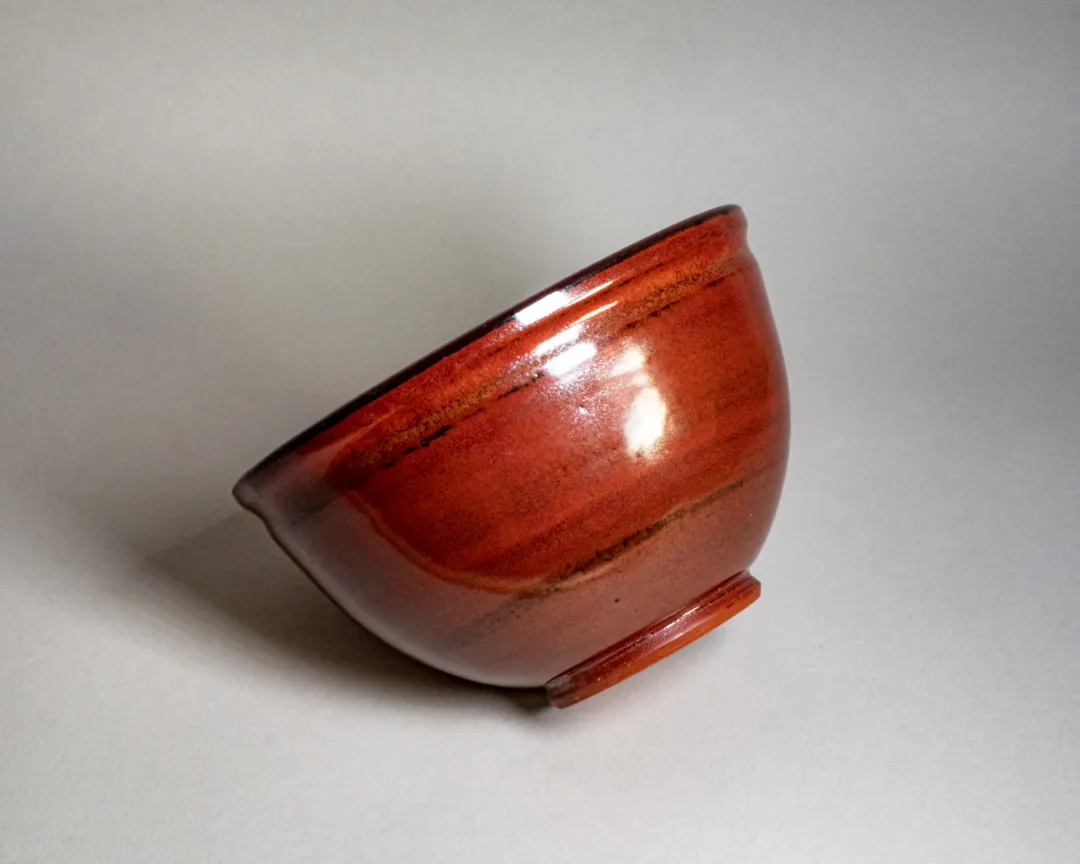
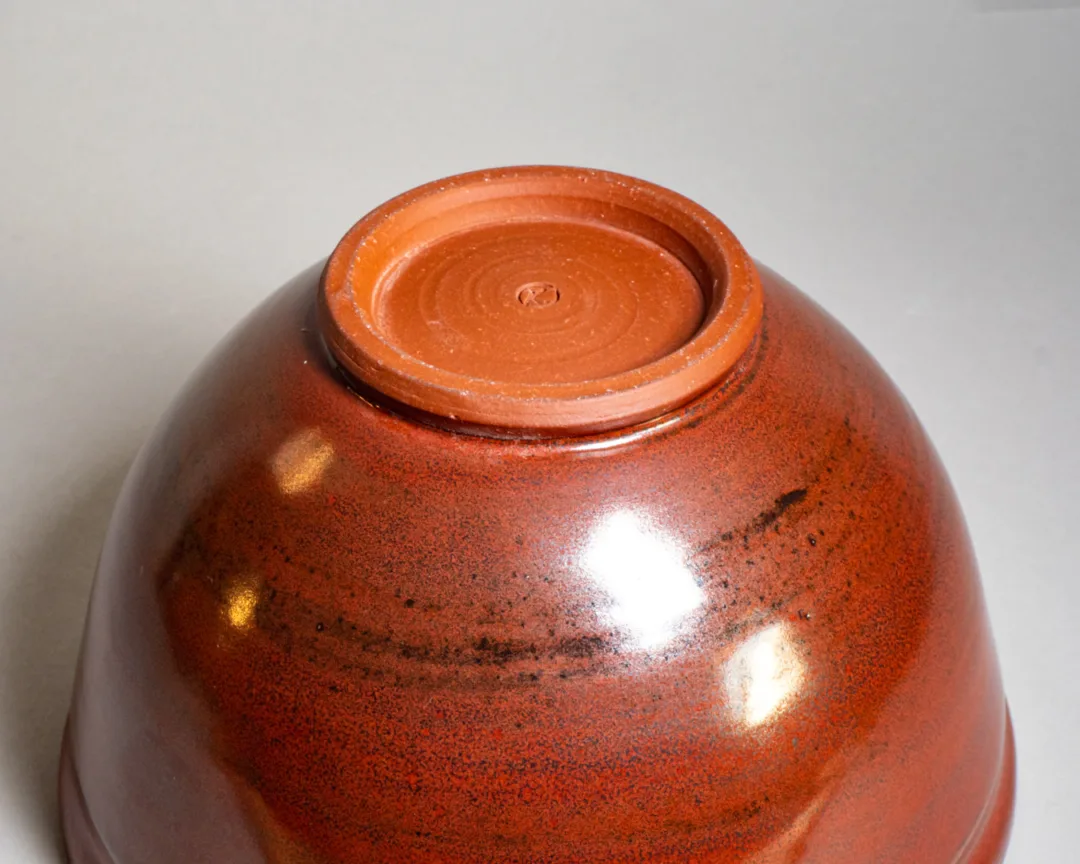
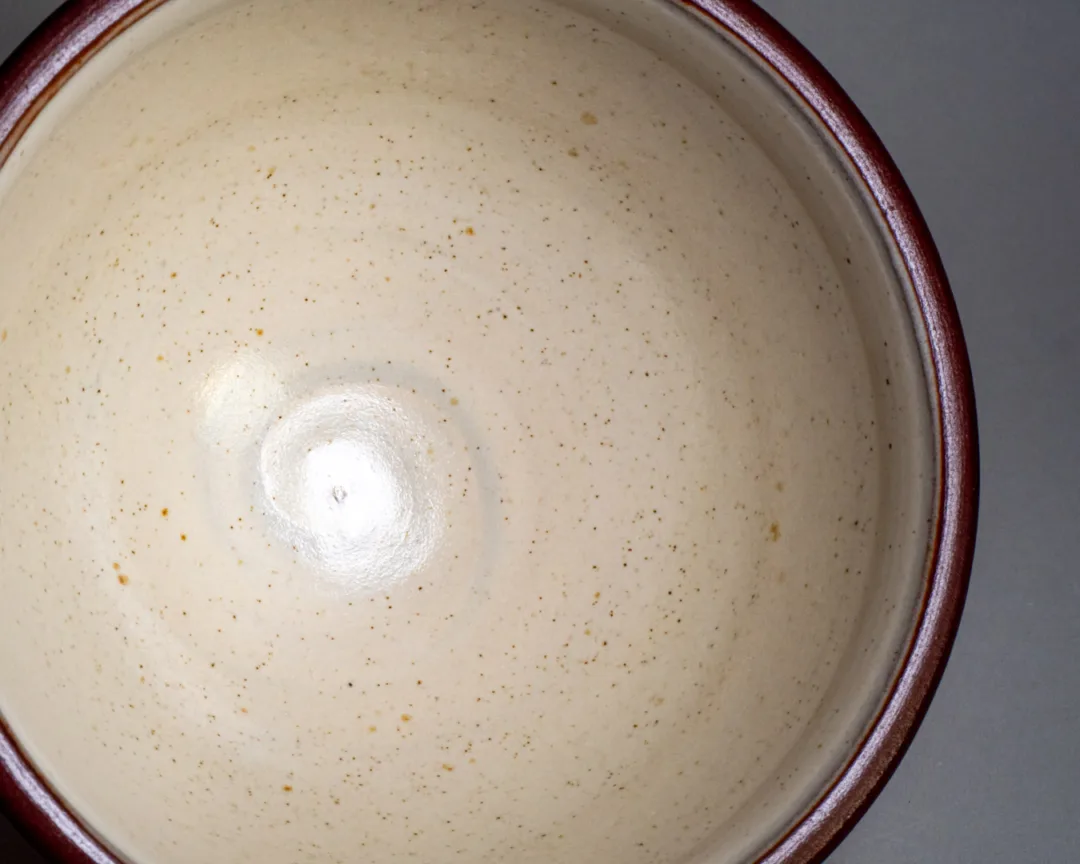


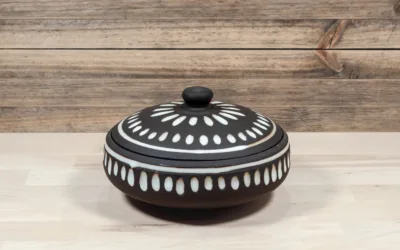
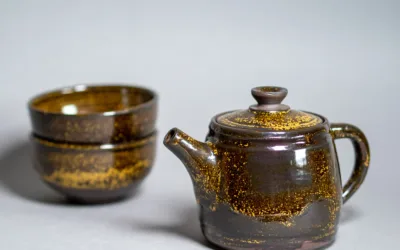
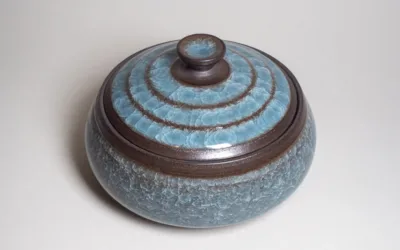
0 Comments